In pursuit of a unique experience, I decided to visit Izu. After researching travel guides, I learned that Izu consists of both islands and a peninsula. Given the limited time, I ultimately chose to visit Itō City on the Izu Peninsula. During the hotel booking process, I discovered that transportation in the area wasn’t very convenient, so I decided to hire a private car for round-trip transportation from Tokyo. This way, I could also stop by Kamakura along the way.
Throughout the trip, I experienced the historical charm of Kamakura, the rich artistic culture of Izu, and the breathtaking natural scenery that left me mesmerized.
Trip Duration: 5 days
Cost per person: $1,700
Itinerary:
- Day 1: Arrive in Tokyo, check into the hotel before dinner, dine nearby, and then rest early to recharge for the next day.
- Day 2: Drive to Kamakura and fully immerse yourself in the charm of this seaside town. At 3:00 PM, rain started to fall, making it the perfect time to head to the hotel in Itō City.
- Day 3: In the morning, enjoy the rain-soaked scenery at the Itō Highland Village Hotel. With the rain intensifying by 9 AM, the day’s itinerary was adjusted, visiting the Ikeda Museum first. When arriving at the Teddy Bear Museum, the rain stopped, allowing for a leisurely afternoon before returning to Tokyo.
- Day 4: Head to Gotemba for a day of shopping or to enjoy the surrounding natural scenery.
- Day 5: Spend a half-day in Tokyo’s Odaiba, bringing the trip to a perfect close.
Accommodation: The MYSTAYS Akasaka Boutique Hotel offers great convenience for dining, subway, and bus transportation. For this trip, I stayed here on the first, third, and fourth nights. When departing for Izu on Day 2, I only took luggage needed for one night’s stay, leaving the other suitcase stored at the hotel.






The Itō Highland Village Hotel offers excellent value for money. The price for one night is about the same as hotels in Tokyo, but the room is nearly six times larger. The view from the terrace is stunning, offering a distant view of the coastline. Dinner was a buffet at the hotel, with an abundant selection of Japanese cuisine that left us completely satisfied.



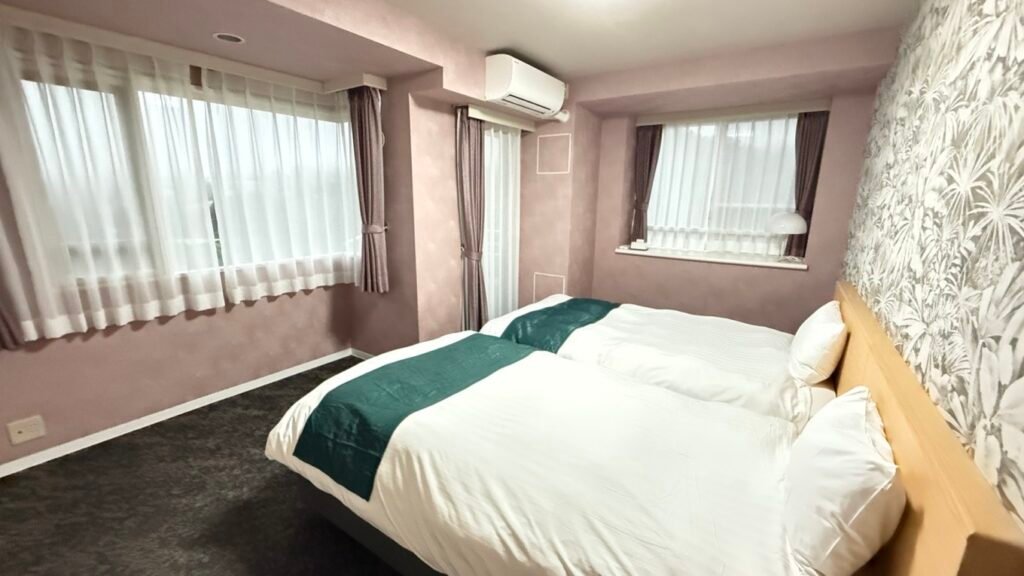


After dinner, I enjoyed a relaxing soak in the hot springs. I first went to the outdoor terrace bath, where a light drizzle added to the serene atmosphere. Then, I moved to the indoor hot spring, where the water temperature was higher, making the experience even more delightful.


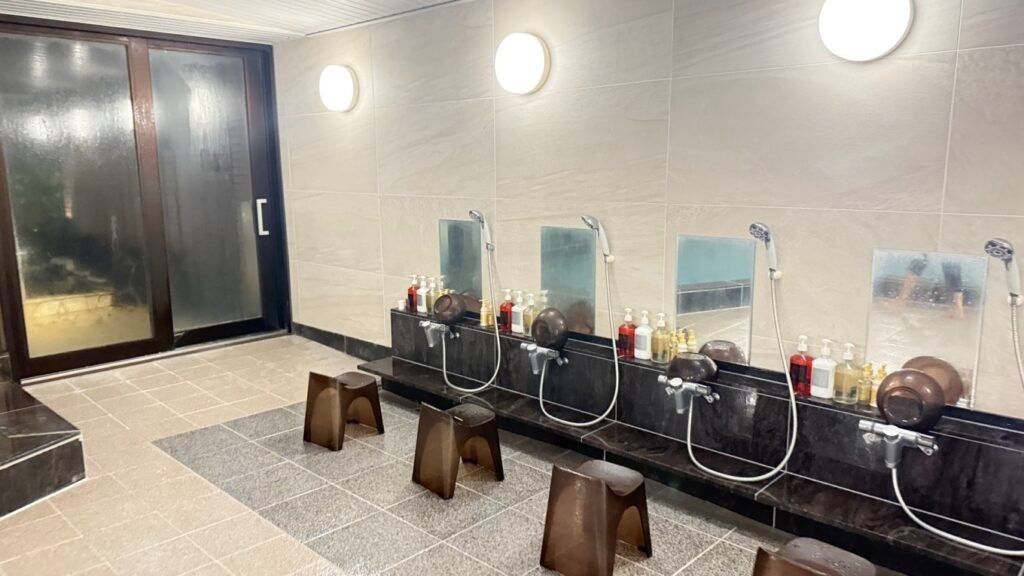
Transportation:
We opted for a private car for the 2-day trip from Tokyo to Kamakura and Itō City, then back to Tokyo. For a group of five, the extra cost compared to public transportation was quite minimal. Additionally, the private car allowed for a more flexible schedule, eliminating the need to rush with luggage. It also made traveling between various attractions in Kamakura and Itō much more convenient.

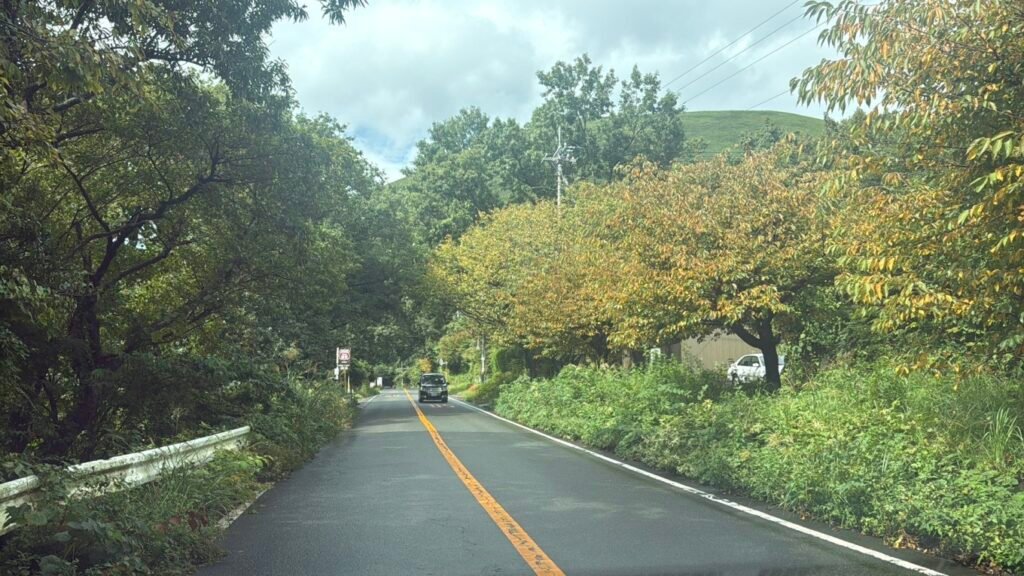
Taking the bus to and from Gotemba was very convenient. The scenery outside the window as the bus approached the Gotemba area was quite pleasant. The bus also provided outlet maps and brand information in advance, so there was no need to waste time looking for the information desk upon arrival.



Taxi fares in Tokyo are quite expensive, so I opted for the convenient subway and bus system. Following the routes provided on the map, I used the automatic ticket machines, where you can easily select your preferred language. The machines accept both bills and coins, making the process very convenient.
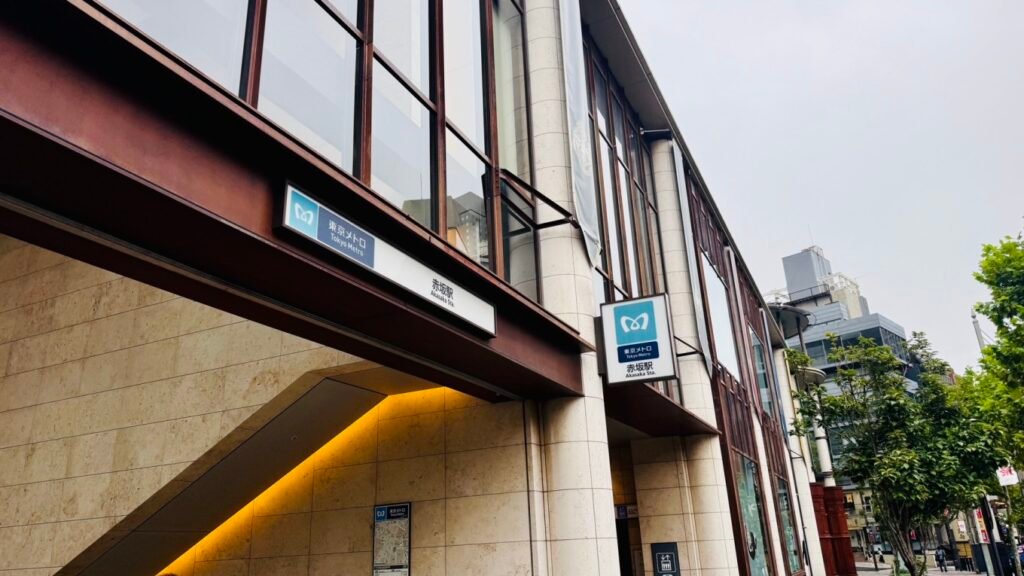
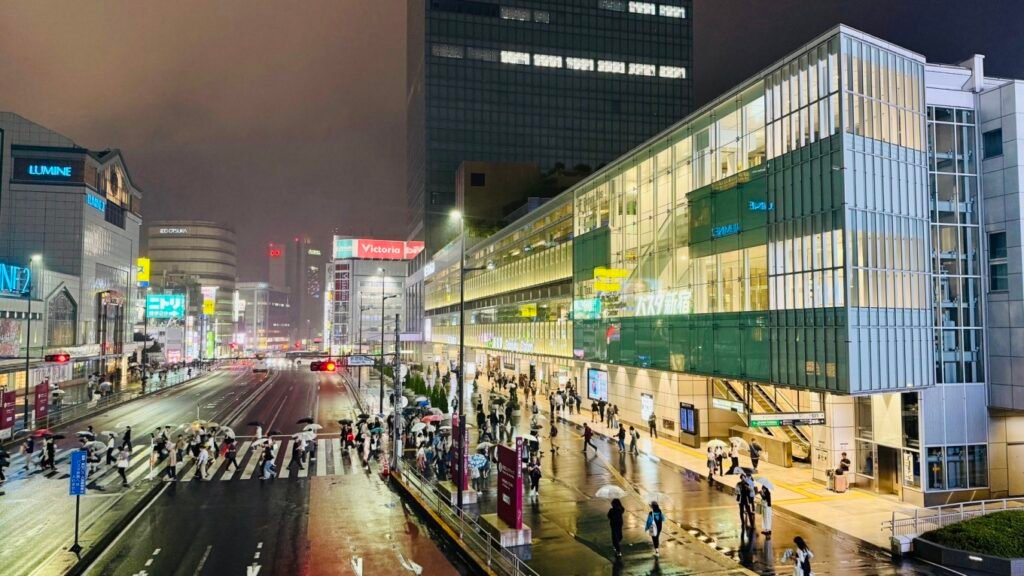
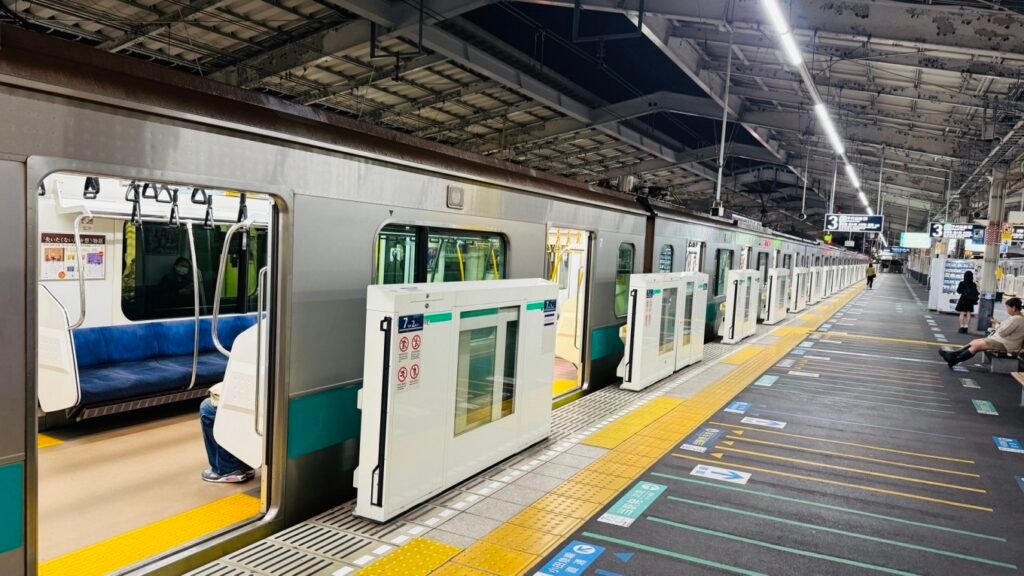



Day 2: Kamakura
Departing from Tokyo, you can reach Kamakura in about an hour. Kamakura, located on the western side of the Miura Peninsula in Kanagawa Prefecture, Japan, is a city with nearly a thousand years of history. Today, it stands as a popular tourist destination, ranked just behind Kyoto and Nara as one of Japan’s most notable ancient capitals. Kamakura boasts a wealth of historical sites and cultural landmarks, where ancient architecture and modern life seamlessly blend to create a unique charm. Whether strolling through its tranquil streets, feeling the weight of history, or visiting its ancient temples and shrines to explore the depth of religious culture, Kamakura offers an unforgettable experience.
Engaku-ji Temple
The temple’s name originates from the Mahayana scripture The Sutra of Perfect Enlightenment (Engaku-kyo) and was founded in the late 13th century. It was established by Chinese Zen master Wuxue Zuyuan, with the temple’s construction initiated by the then-ruler Hojo Tokimune. His father, Hojo Tokiyori, was also a devout Buddhist, and it was through the influence of this father-son duo that Buddhism in Kamakura flourished significantly.

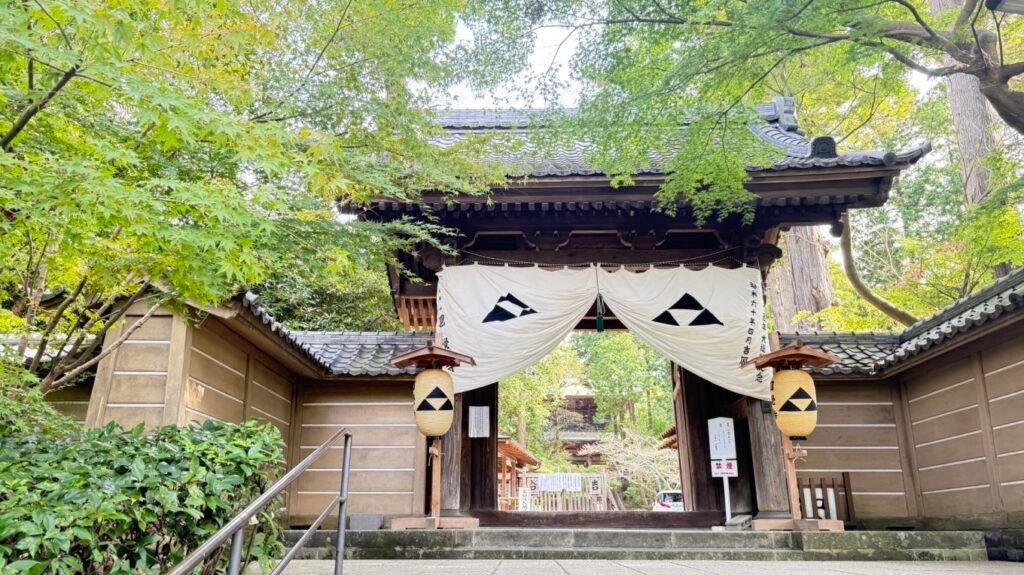


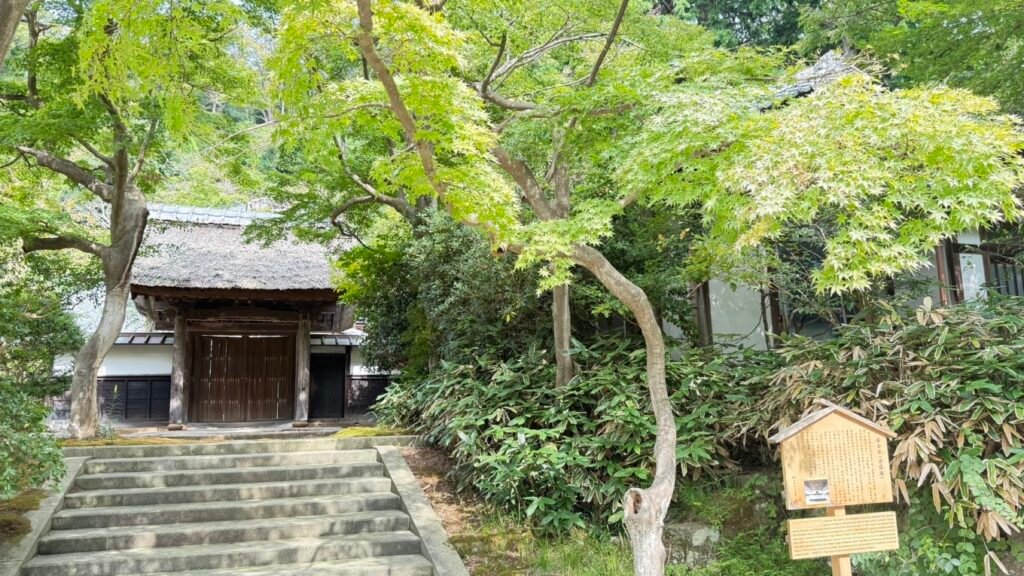
Tsurugaoka Hachimangu Shrine: Located in the heart of Kamakura, it is the birthplace of the Kamakura shogunate. The shrine is home to many national treasures, as well as beautiful ponds and gardens, making it a significant cultural and historical landmark.

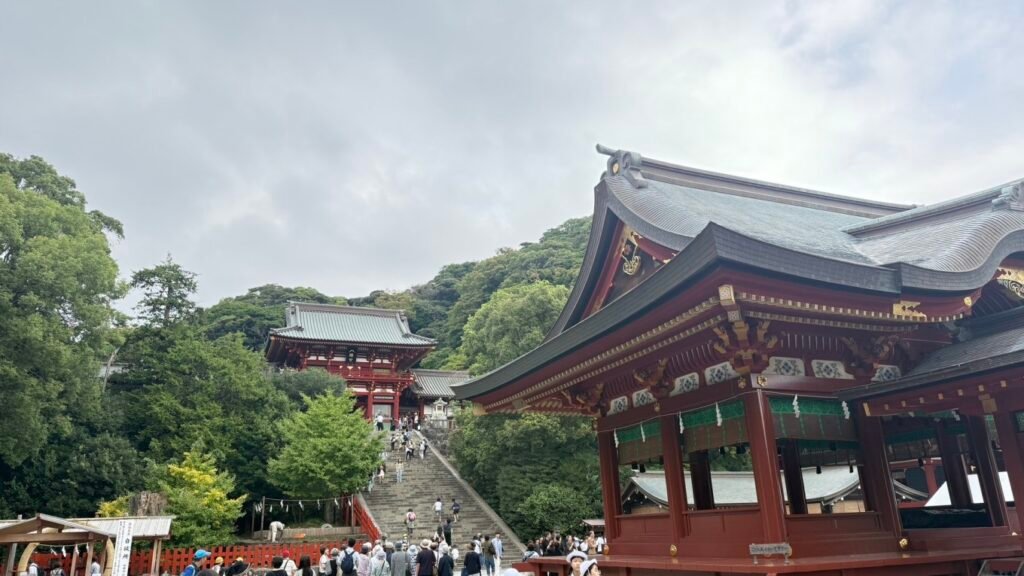
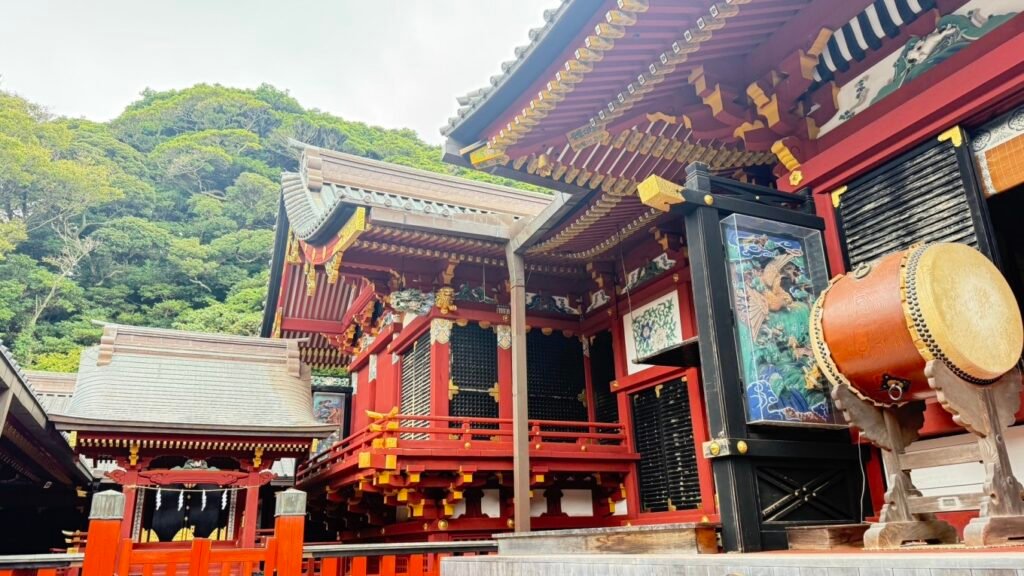
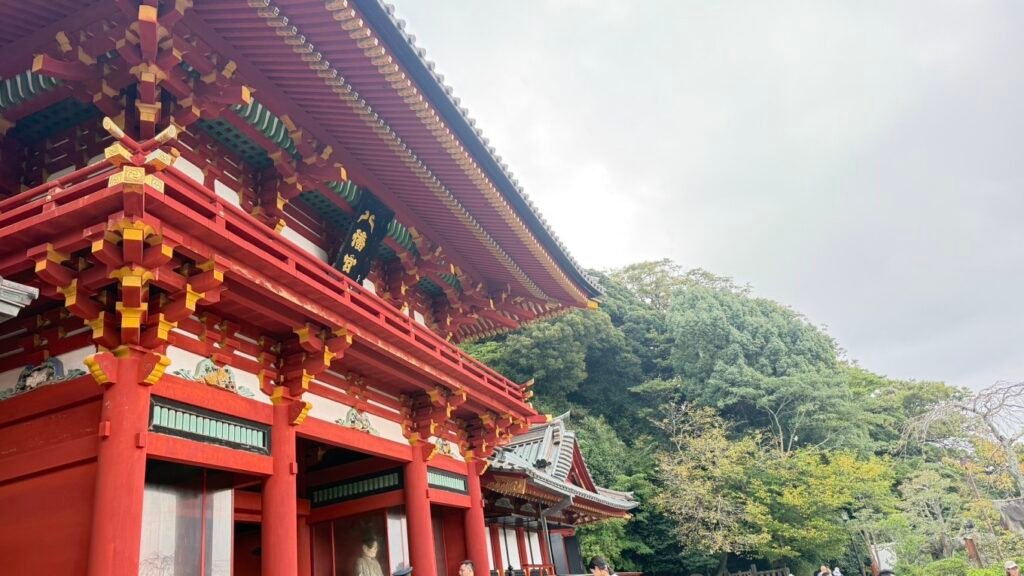





For lunch, we headed to Komachi-dori, Kamakura’s most famous shopping street. This bustling avenue is lined with local specialty shops and restaurants, offering a variety of Kamakura’s traditional cuisine and souvenirs.



Kamakura Daibutsu (Great Buddha of Kamakura): Located within Kōtoku-in Temple, the Kamakura Daibutsu is one of the city’s most famous landmarks. This bronze statue of Amida Buddha, standing approximately 11 meters tall, was constructed in the 13th century and is the second-largest seated Buddha statue in Japan. Although the temple hall that once housed the statue was destroyed by typhoons and earthquakes, the Buddha itself has remained intact, drawing countless visitors from around the world.




Hasedera Temple: This temple is built on a hillside, offering stunning views of the Shonan coastline. In addition to its beautiful scenery, Hasedera is known for its large wooden statue of Kannon, the Goddess of Mercy, and its tranquil gardens, making it a peaceful retreat for visitors.



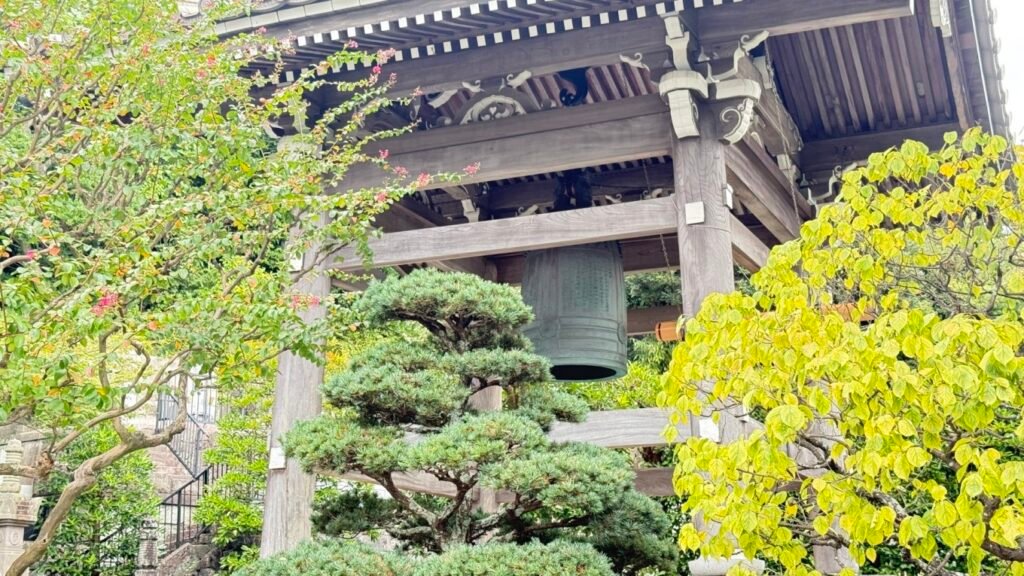
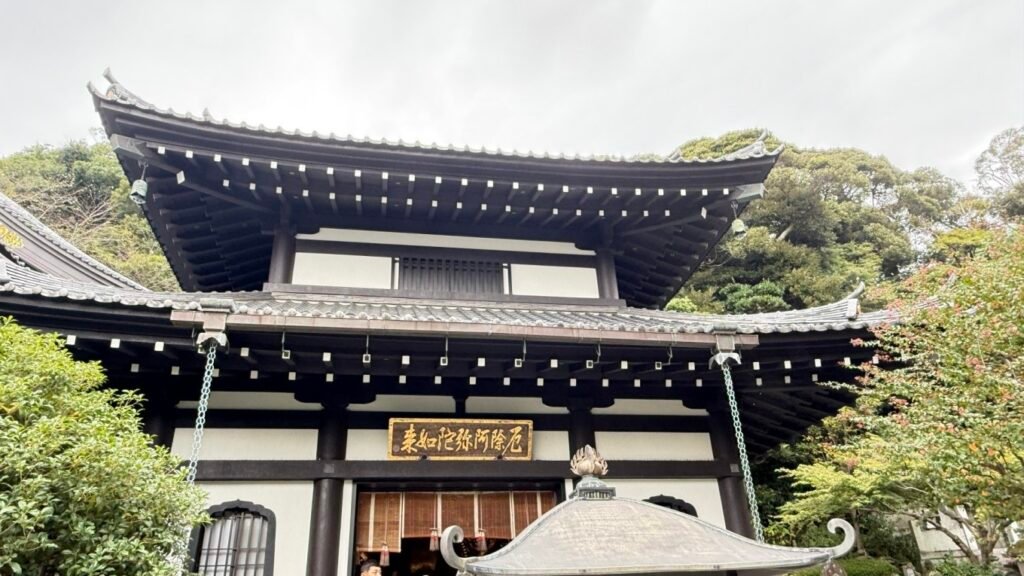
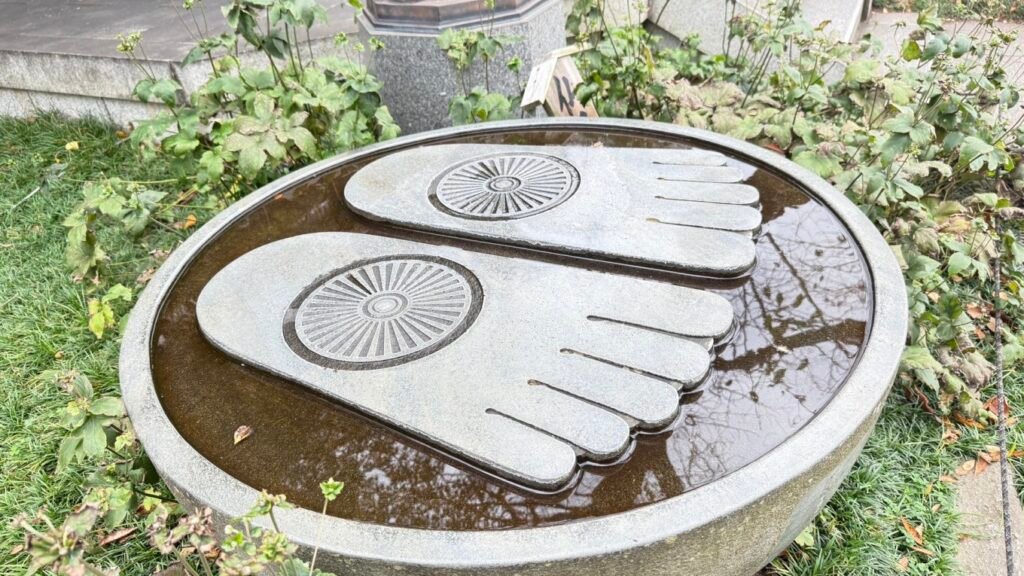
Kamakura Kōkōmae Station: This station became famous due to its appearance in the anime Slam Dunk. Many fans visit specifically to take photos at the railway crossing in front of the station, which is a classic scene from the anime. Despite the number of tourists, it remains a unique attraction in Kamakura. If you’re a fan of Slam Dunk, this is definitely a spot not to miss!


Day 3: Itō City
Ikeda 20th Century Museum of Art: This museum houses a collection of around 1,400 paintings and sculptures from the 20th century, focusing on the theme of “humanity.” Its permanent exhibitions include masterpieces by renowned foreign artists such as Renoir, Bonnard, Picasso, Henri Matisse, Léger, Chagall, Warhol, Miró, Dalí, and de Kooning. Additionally, every three months, a special exhibition is held in the first-floor gallery, showcasing curated works in various themes.



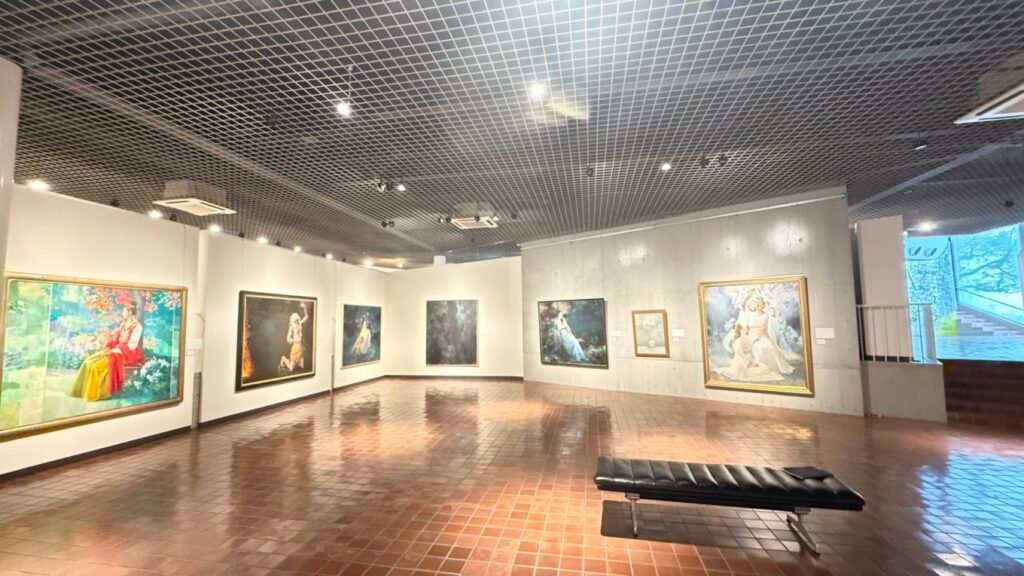
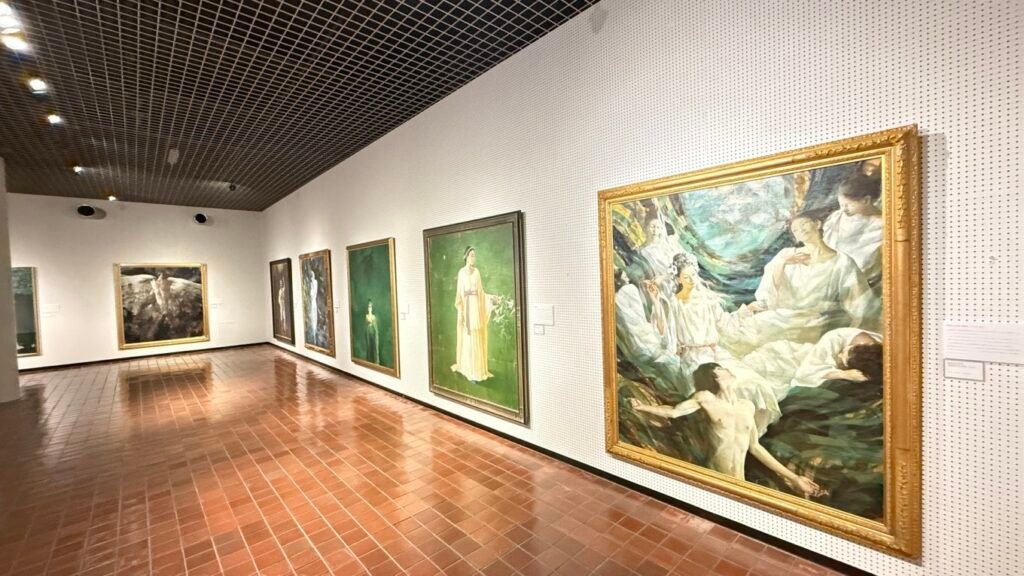

Izu Teddy Bear Museum: A must-visit for fans of teddy bears and My Neighbor Totoro, the Izu Teddy Bear Museum features a collection that includes “Teddy Girl,” one of the most expensive antique teddy bears ever auctioned. On the second floor, there’s a special Totoro exhibition, showcasing classic scenes from the beloved animated film.





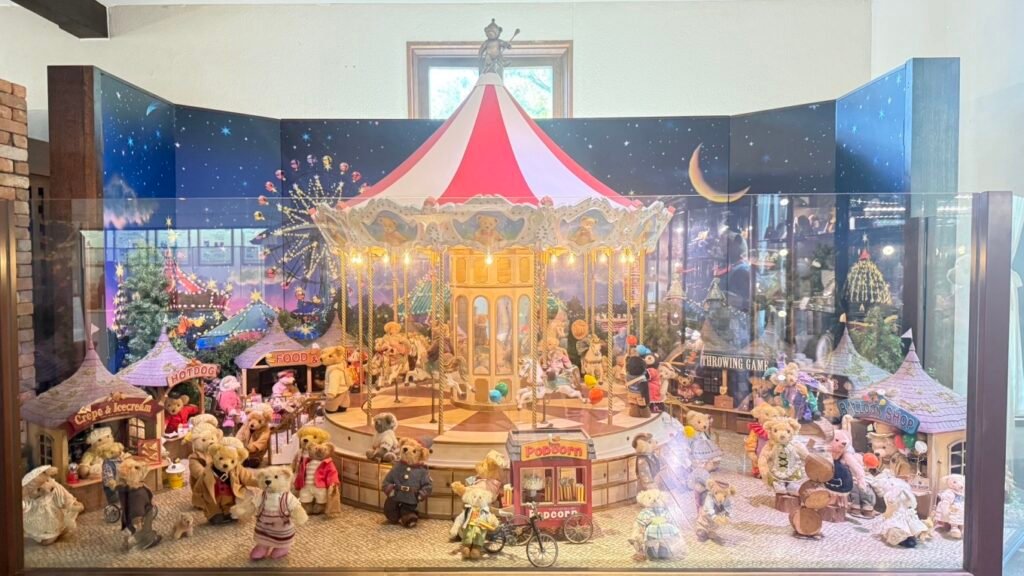
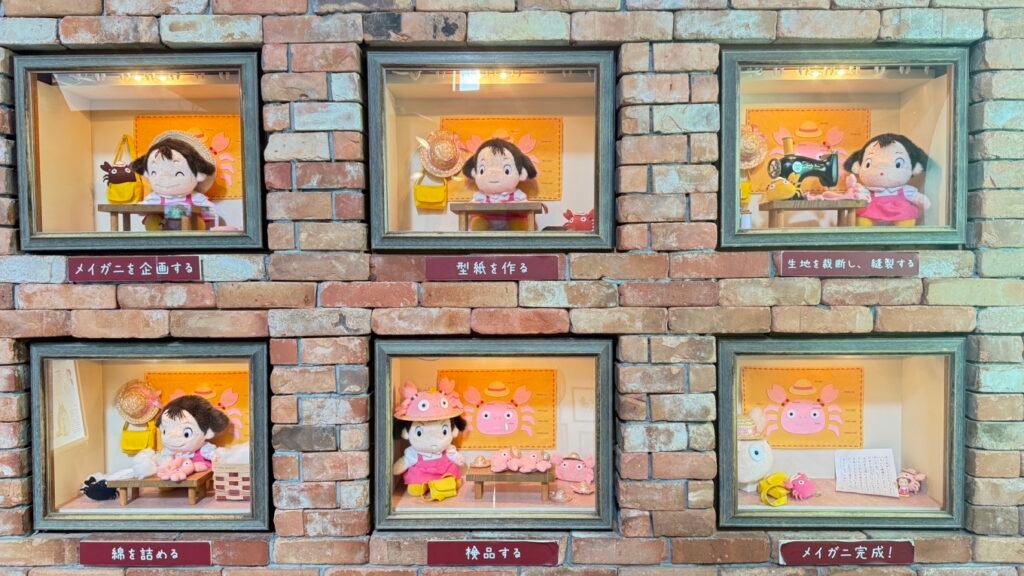





Ōmuroyama (Mount Ōmuro): Shaped like a perfectly round bun, Ōmuroyama has a unique and charming appearance. After the rain, under the clear blue sky and white clouds, we prepared to take the cable car to the summit. From the top, you can enjoy breathtaking panoramic views of the Izu Peninsula. The picturesque scenery is truly captivating, offering a visual feast that leaves a lasting impression.





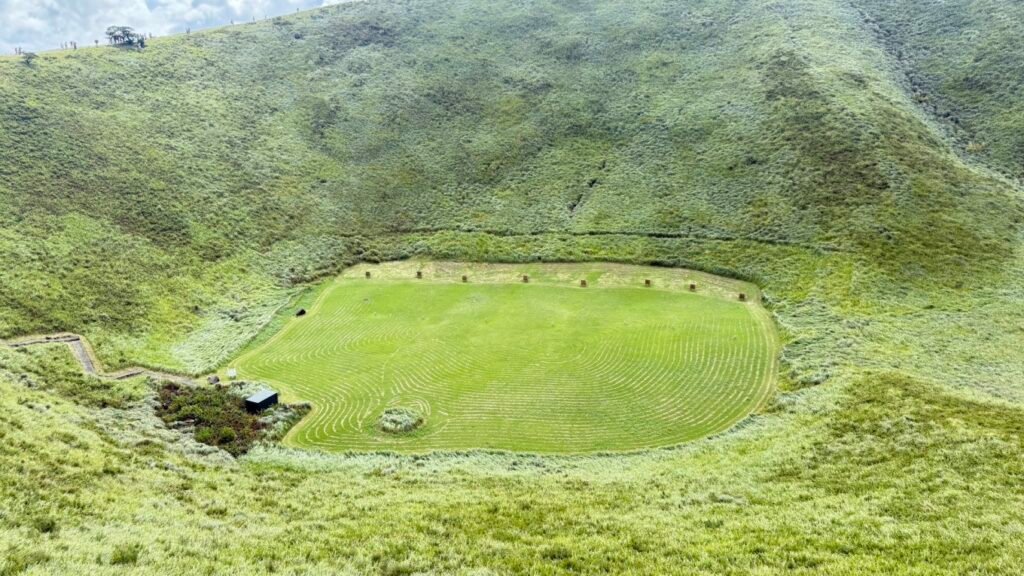
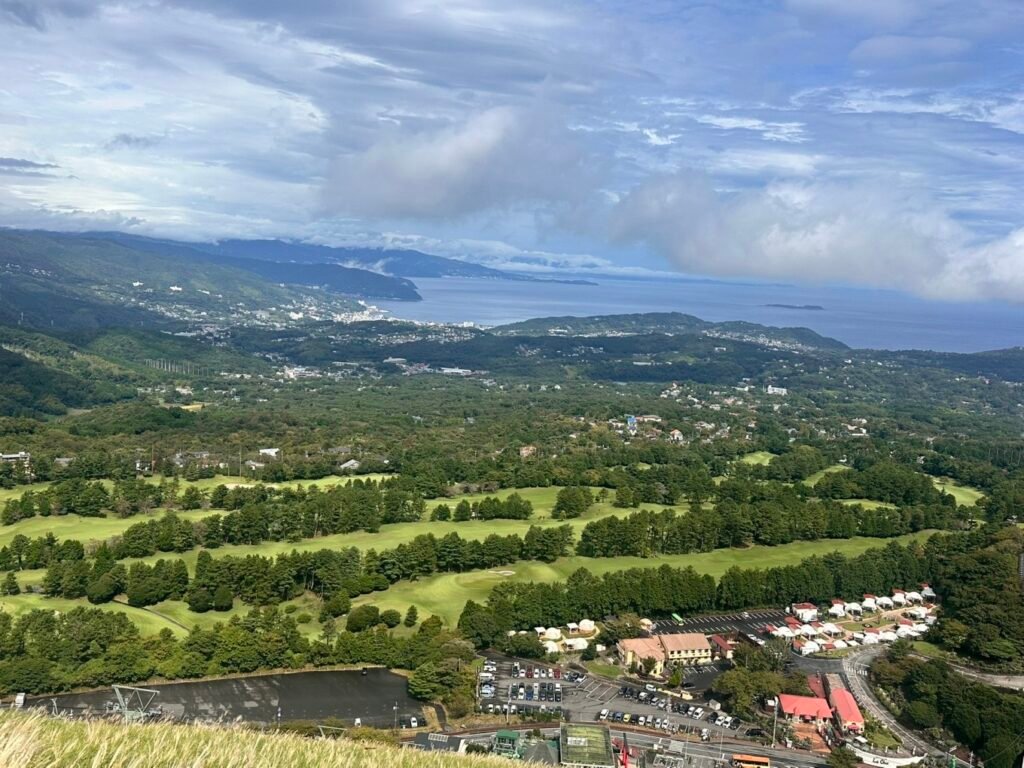


At the summit, we walked a full loop around the central volcanic crater, a journey of about 1 kilometer. Just as we were nearing the cable car for our descent, dark clouds rolled in from the distance, and light rain began to fall once again. The scenery had transformed dramatically from the clear blue skies we had just witnessed—it felt like two different worlds. Earlier, under the bright skies, Ōmuroyama’s beauty was intoxicating, but now the clouds and rain created a completely different atmosphere. Though less vibrant, it brought a sense of mystery and tranquility.


Kadowaki Suspension Bridge & Kadowaki Coast: The Kadowaki Suspension Bridge, a famous landmark on the Kadowaki Coast, spans 48 meters in length and rises 23 meters high. The bridge’s wooden planks add to the thrill of walking across, making it an exciting experience for visitors.





The Kadowaki Coast is definitely worth a visit and offers a truly unique experience. The dramatic cliffs and crashing waves create an awe-inspiring sight, making it an unforgettable destination for those seeking natural beauty and rugged scenery.



Day 4: Gotemba Outlets
When we arrived at the Gotemba Outlets, a light drizzle greeted us. At first, the rain was light enough that we could move between stores without needing umbrellas. However, by 3:00 PM, the rain had intensified, so we prepared to take the 4:00 PM bus back to Tokyo. It seemed like rain was a constant companion throughout our trip. Unfortunately, due to the cloudy and rainy weather, we weren’t able to catch a glimpse of Mount Fuji, which was a bit of a disappointment.



Day 5: Tokyo
On my third visit to Tokyo, I decided to explore Odaiba, a place I had never visited before. Starting from the hotel, I took a bus and then transferred to the Yurikamome Line. This elevated train offers scenic views along the way, and soon the iconic Rainbow Bridge came into sight, growing closer as the train passed through the second level of the bridge, arriving at Odaiba.
Odaiba is an artificial island in Tokyo Bay, known as one of Tokyo’s newest entertainment hubs. The main attraction is Odaiba Seaside Park, home to the only beach within Tokyo. The coastal walkway offers stunning views of the sea and Rainbow Bridge, and it’s a popular filming location for many Japanese dramas due to its beautiful scenery. Other notable landmarks include Tokyo Big Sight, Fuji TV Building, Toyota Mega Web, the Museum of Maritime Science, and the National Museum of Emerging Science and Innovation (Miraikan).








Since we left early, we planned to have breakfast after arriving in Odaiba. However, upon arrival, we realized that most of the shops didn’t open until after 10 AM. While wandering around, we came across an Australian restaurant and decided to have a hearty breakfast there. The restaurant had an elegant atmosphere, and the food was delicious, making for a perfect start to our day in Odaiba.


In Odaiba, we unexpectedly came across an outdoor car exhibition. The show featured luxury cars of various styles and vibrant colors, making it a dazzling display. Among them stood a giant robot—yes, it was none other than the Gundam Mobile Suit! This surprising find added even more excitement and fun to our Odaiba trip, making the experience truly unforgettable.








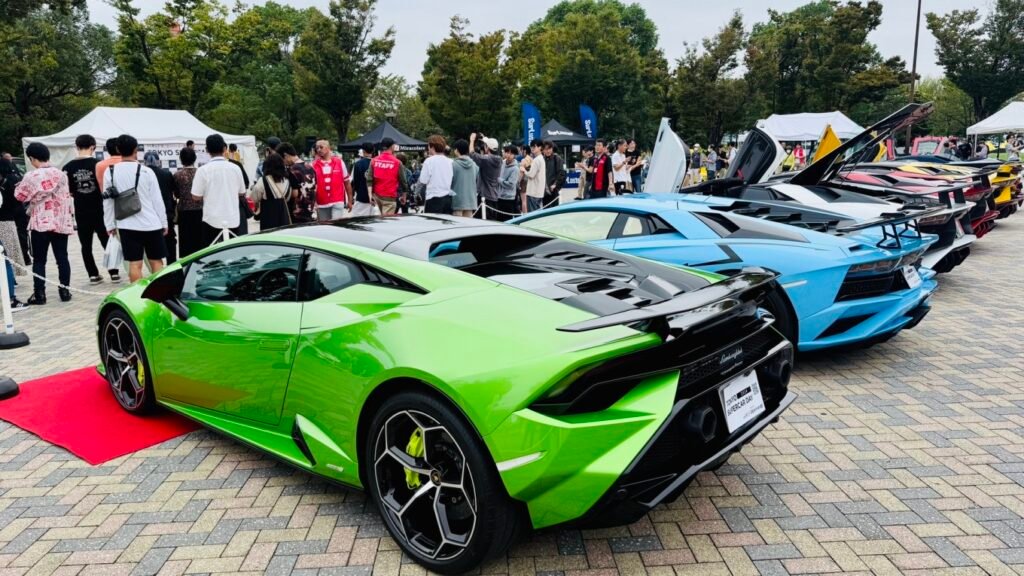






Omotesando:
Omotesando is home to numerous shops featuring creations by top designers from Japan and around the world, making it one of Tokyo’s fashion trendsetters. Compared to Harajuku and Shibuya, Omotesando offers a more upscale experience, with stores that showcase refined taste in both design and presentation. Omotesando Hills is the area’s signature commercial facility, where cutting-edge technology like visuals, sound control, and lighting are used to create a captivating sense of space and the passage of time.



This trip was filled with both surprises and a few minor hiccups. However, overall, it was undoubtedly an unforgettable experience. Each beautiful moment and every captivating view is now deeply etched in my memory, leaving a lasting impression that I will cherish for a long time.

